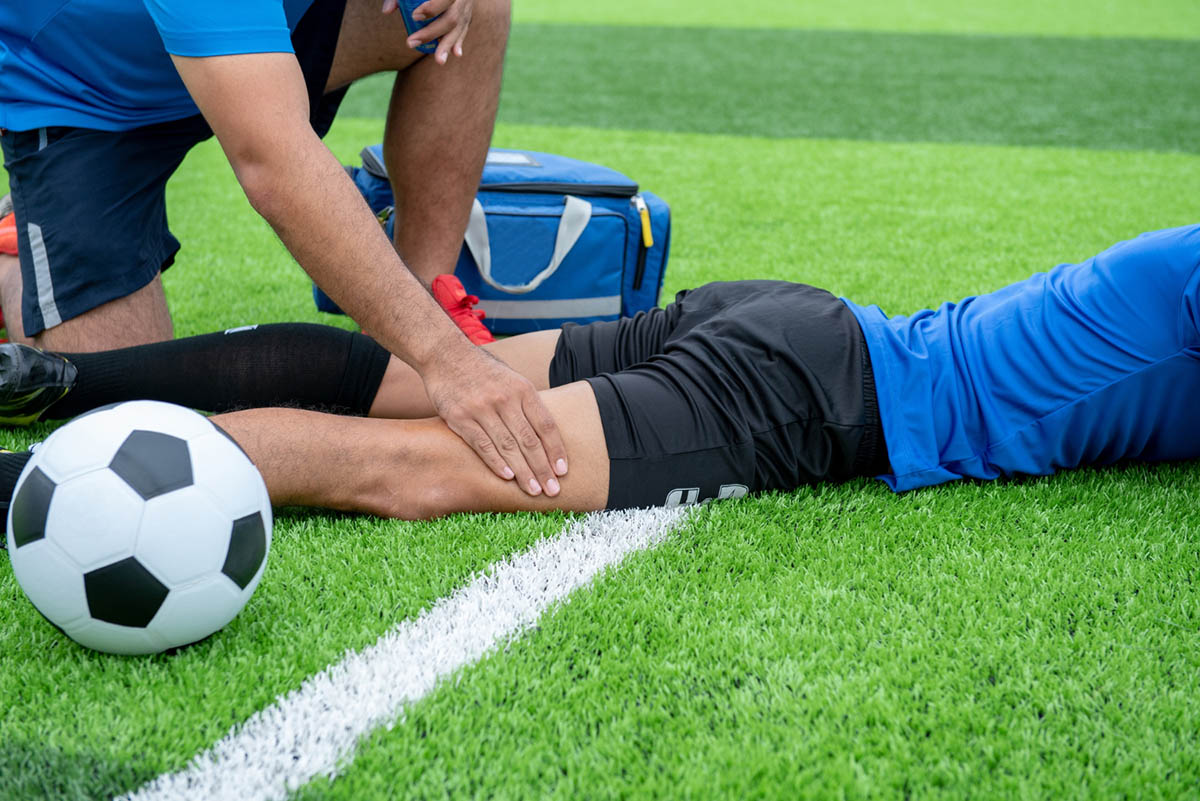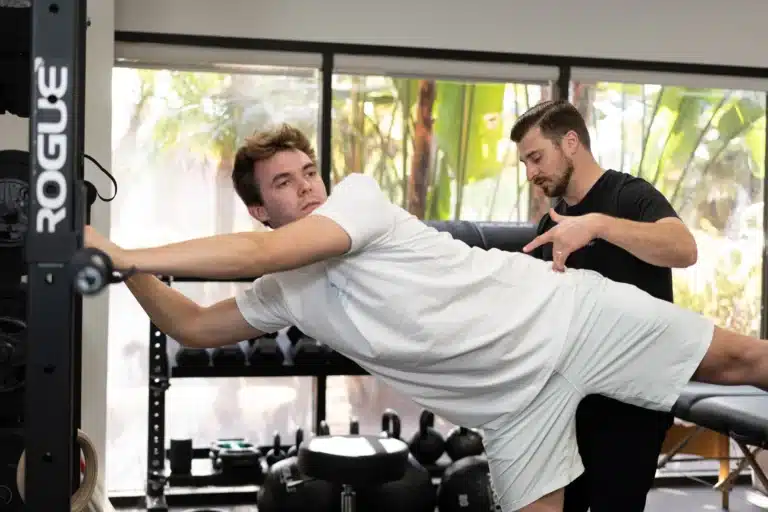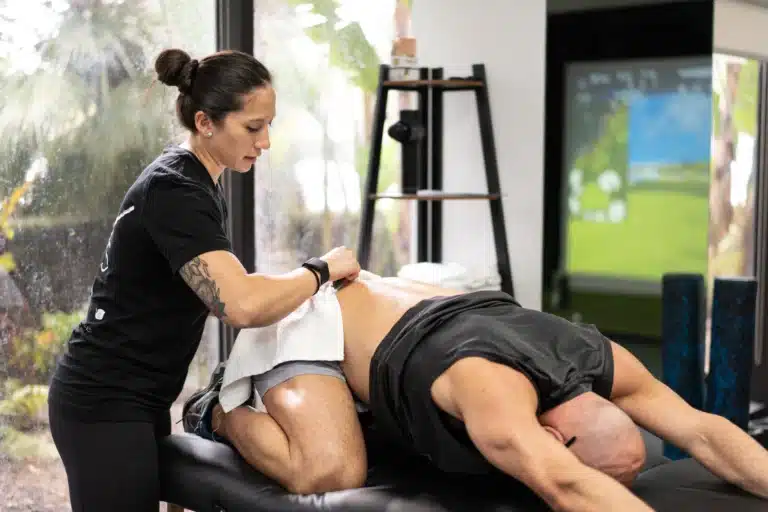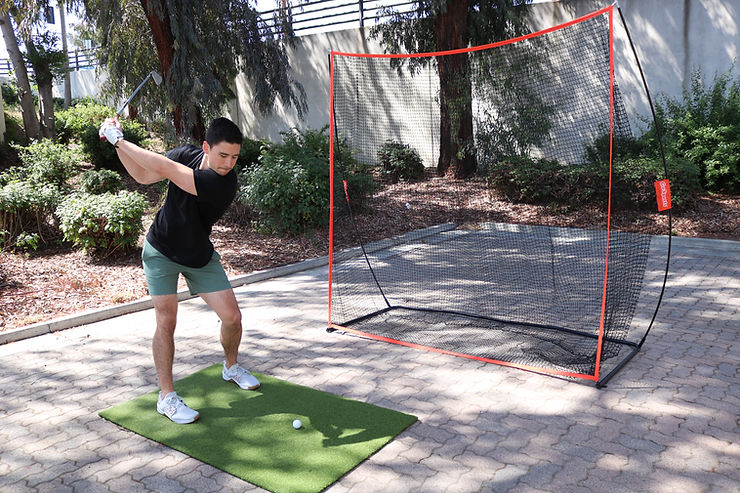Sports injuries can significantly impact an individual’s participation in physical activities and overall well-being. These injuries range from minor strains to severe injuries, often sidelining athletes and affecting their quality of life. This blog explores various types of sports injuries. It highlights how physical therapy emerges as a crucial component in the recovery process, offering targeted interventions to restore function, alleviate intense pain, and prevent future injuries.
What are Sports Injuries?
“Sports injuries are physical damages sustained during athletic activities. They can vary widely in severity and type, including everything from muscle strains to complex joint fractures. Understanding the nature of these injuries helps manage them effectively and resume physical activities safely.
Symptoms of Sports Injury
Common symptoms of sports injuries include severe pain, swelling, bruising, stiffness, and decreased range of motion. The severity of these symptoms often correlates with the extent of the injury. Immediate medical evaluation is essential for proper diagnosis and proper treatment.
Common Risk Factors for Sports Injuries
Several factors can elevate the risk of injury, including overuse injury, improper technique, inadequate warm-up, and lack of conditioning. Overuse occurs when repetitive motion is placed on specific body parts, leading to injuries like tendinitis or shin bone stress fractures. Using improper form during exercise or competition can also significantly heighten the chances of injury. Additionally, neglecting to warm up properly can leave muscles and joints unprepared for the demands of intense physical activity. Finally, insufficient strength and flexibility can make athletes more susceptible to injuries, underscoring the importance of a balanced training regimen.
Which Body Parts Are Most Commonly Affected by Sports Injuries?
The majority of sports injuries involve the lower body, particularly the knee joint. Other commonly affected areas include the shoulder joint, ankles, and shins. Patellofemoral pain syndrome is a notably frequent type of injury among athletes.
Common Types of Sports Injuries

Sports injuries can be classified into various types, including sprains, strain injuries, fractures, and ligament tears. Understanding different physical therapy injuries helps tailor the right treatment approach. Each of these injuries affects different body parts, such as soft tissues, and requires specific treatment approaches for adequate recovery.
Sprains and Strains
Injury rates are notably elevated during competitive events compared to practice sessions, with sprains and muscle sprains accounting for 36.8 percent of cases. Sprains refer to injuries affecting ligaments, whereas strains involve muscles or connective tissues. These injuries typically arise from overstretching or tearing and can lead to symptoms such as swollen muscles, pain, and restricted movement.
Fractures
Fractures are bone fractures, with approximately 6.3 million occurring annually in the U.S. Fractures occur at an annual rate of 2.4 per 100 population. They can result from direct trauma or repetitive stress. Surgical intervention and rehabilitation are often necessary to restore function.
Ankle Injuries
Ankle sprains, including sprains and fractures, are common in sports involving running or jumping. Proper management and rehabilitation are crucial for a full recovery and to prevent re-injury.
Knee Injuries
The majority of sports injuries involve the lower body, with knee injuries being particularly prevalent. Cruciate ligament injuries, as well as Patellofemoral syndrome, are frequent among athletes.
Rotator Cuff Injuries
The rotator cuff consists of four muscles that stabilize the shoulder. Injuries to this area often result from overhead movement activities and can cause significant pain and functional limitations.
Shin Splints
Shin splints refer to pain along the shin bone (tibia) caused by overuse or stress. Common in runners, this condition can be managed with proper stretches for shin splints and strengthening exercises.
Tendinitis
Tendinitis is the inflammation of a tendon, usually caused by repetitive movement. Common sites include the Achilles tendon and the patellar tendon. Proper treatment focuses on reducing inflammation and restoring tendon function.
How Sports Injury Physical Therapy Works
Physical therapy treatment utilizes a combination of techniques, including manual therapy, exercise, and modalities like heat or ice, to promote the healing process and restore function. The goal is to alleviate pain, improve mobility, and enhance strength, enabling athletes to return to their sport safely and effectively.
Phase One
The initial phase of therapy for sports injuries focuses on reducing pain and inflammation. This may involve modalities such as ice therapy and gentle range-of-motion exercises to promote healing without exacerbating the injury.
- Initial Assessment: In this phase, a physical therapist evaluates the injury through a thorough assessment, including a physical examination and a review of medical history.
- Treatment Goals: The primary goals include pain reduction, swelling control, and restoring the initial range of motion.
- Treatment Methods: Techniques such as ice application, compression, elevation, and gentle mobilization are commonly used to manage acute symptoms.
Phase Two
In the second phase of physical therapy treatment, the focus shifts to strengthening the affected area and improving functional mobility. This stage often incorporates targeted exercises that promote healing while gradually increasing muscle strength, flexibility, and endurance.
- Rehabilitation Planning: A tailored rehabilitation plan is developed based on the severity of the injury and the patient’s needs.
- Treatment Methods: This phase involves more active interventions, including stretching exercises, strengthening routines, and functional exercises designed to restore mobility and strength.
- Progress Monitoring: Regular assessments track the patient’s progress and adjust the treatment plan as needed to ensure optimal recovery.
Phase Three
In the final phase of physical therapy, the focus is on returning the athlete to their sport while minimizing the risk of injuries. This stage involves sport-specific training, agility drills, and functional assessments to ensure readiness for participation at total capacity. The rehabilitation process also incorporates balance training and proper equipment use to help athletes safely return to their activities.
- Functional Training: The focus shifts to restoring functional movement patterns and integrating sport-specific skills to prepare the patient for a return to their activity.
- Education and Prevention: Patients are educated on injury prevention strategies and proper techniques to avoid future injuries.
- Final Assessment: A comprehensive evaluation determines whether the patient has fully recovered and is ready to return to their sport or activity safely.
Physical Therapy Tips for Preventing Sports Injuries

To prevent sports injuries, it’s essential to follow a few key practices. Start with a thorough warm-up to ready your muscles and joints for activity. Ensure that you use correct techniques and maintain proper form during exercises to minimize injury risks. Incorporating regular strength training and flexibility workouts can significantly support and stabilize your joints. Lastly, be attentive to any signs of discomfort or pain; addressing these issues promptly can prevent them from worsening and leading to more severe injuries.
Why Choose The Movement Schopp for Sports Injury Physical Therapy?
At The Movement Schopp, we offer expert physical therapy Torrance services designed to address various sports injuries effectively. Our physical therapy for sports injuries focuses on personalized care to ensure a comprehensive recovery. Our skilled therapists provide personalized care, utilizing advanced techniques and evidence-based practices to ensure a comprehensive recovery. Whether you’re dealing with sprains, fractures, or any other sports-related injury, we are committed to helping you return to peak performance.
If you’re experiencing a sports injury or want to prevent one, contact The Movement Schopp for expert physical therapy for sports injuries near me tailored to your needs.
Conclusion
Sports injuries can be challenging, but with the right physical therapy approach, recovery is entirely achievable. By understanding the types of injuries and how physical therapy can assist in their treatment, athletes can return to their activities stronger and more resilient. If you’re in Torrance and seeking specialized care for sports injuries, The Movement Schopp is here to support your journey to recovery.
FAQ’s
How does physical therapy help sports injuries?
Physical therapy helps by reducing pain, restoring function, and preventing future injuries through targeted exercises, manual therapy, and education.
When to start physical therapy after injury?
It’s ideal to start physical therapy as soon as possible after an injury, once initial medical treatment has been provided, to facilitate quicker recovery and prevent complications.
What is the difference between physical therapy and sports therapy?
Physical therapy focuses on general rehabilitation and functional improvement, while sports therapy specifically addresses injuries and performance issues related to athletic activities.




